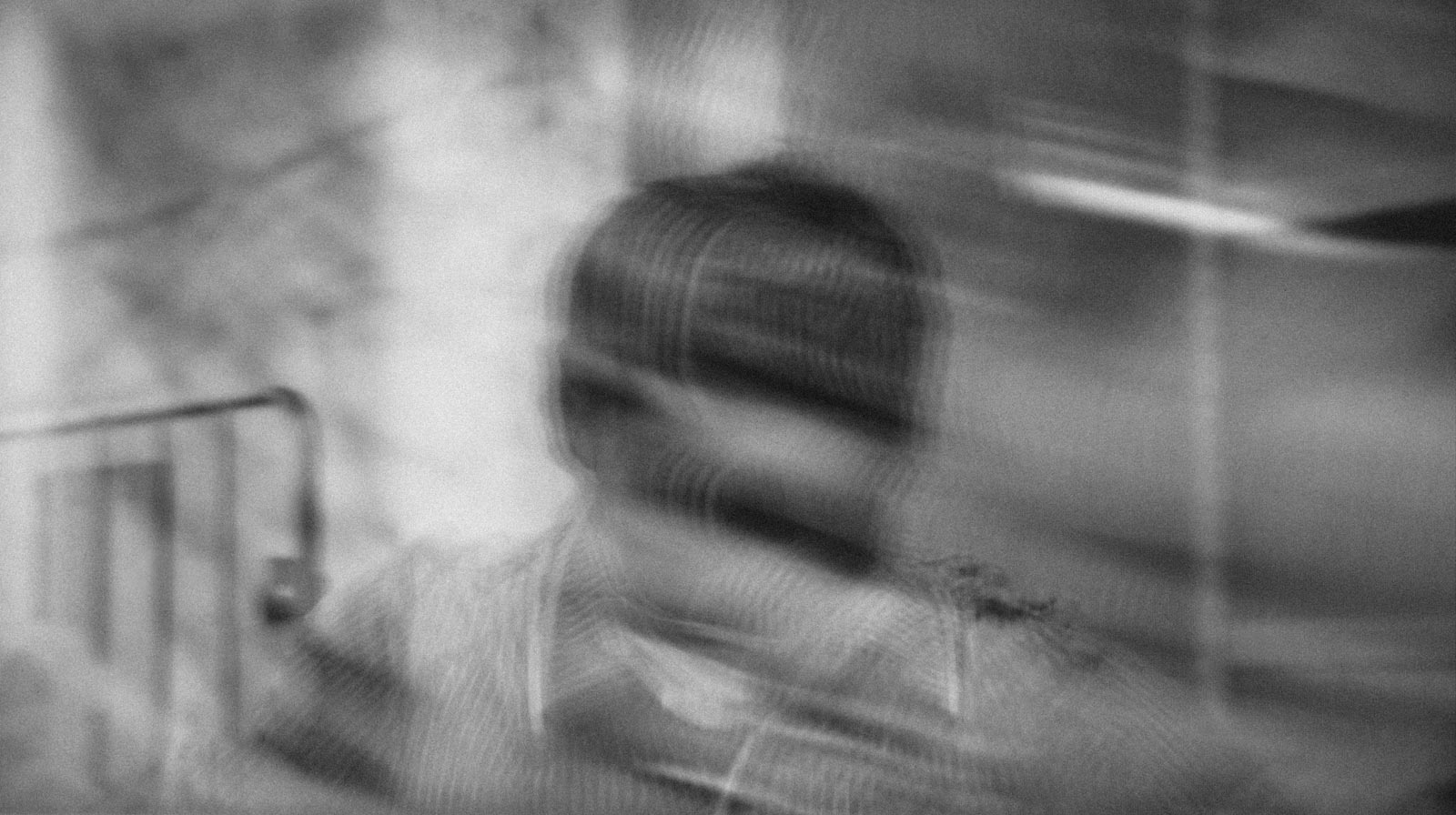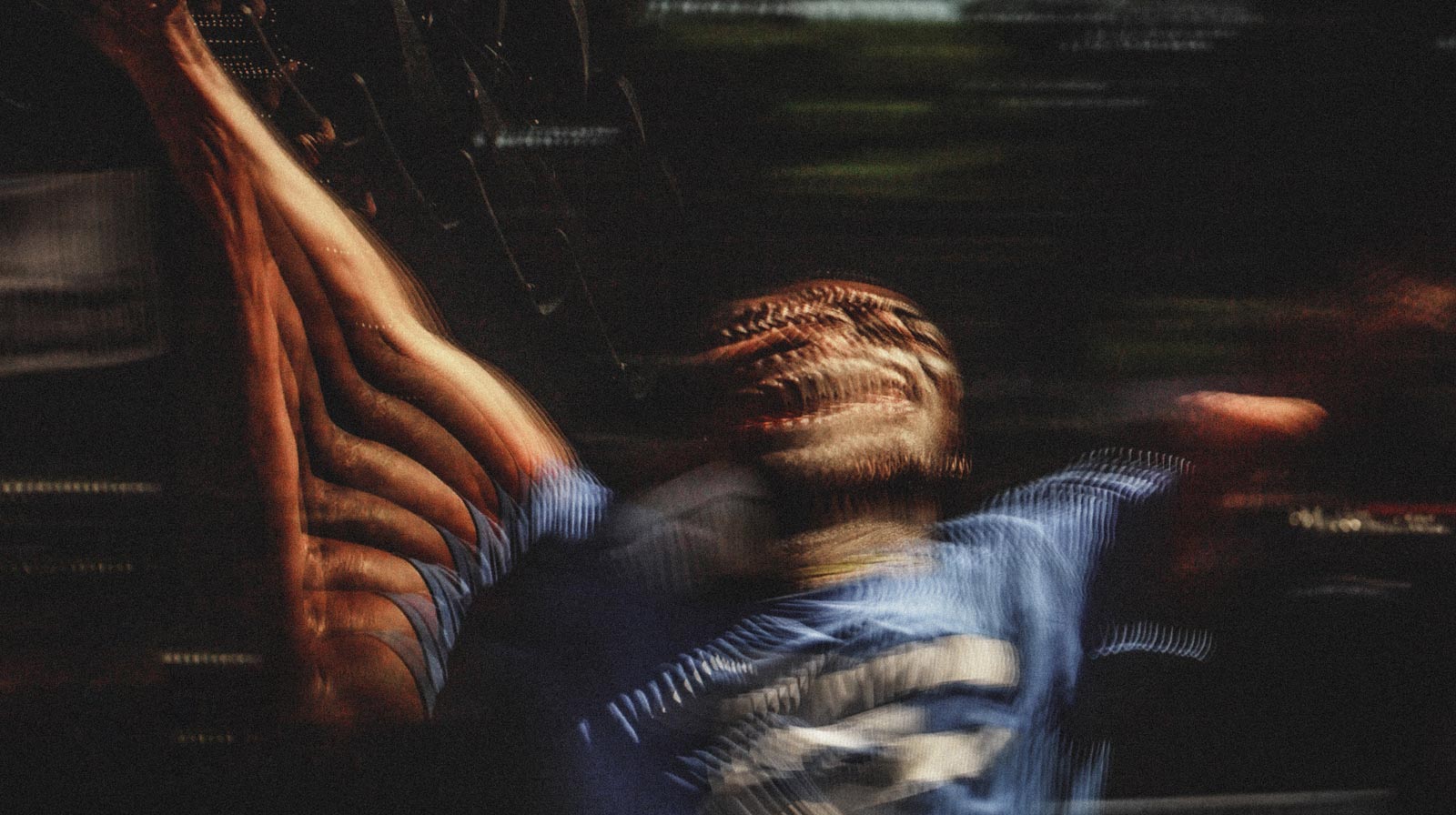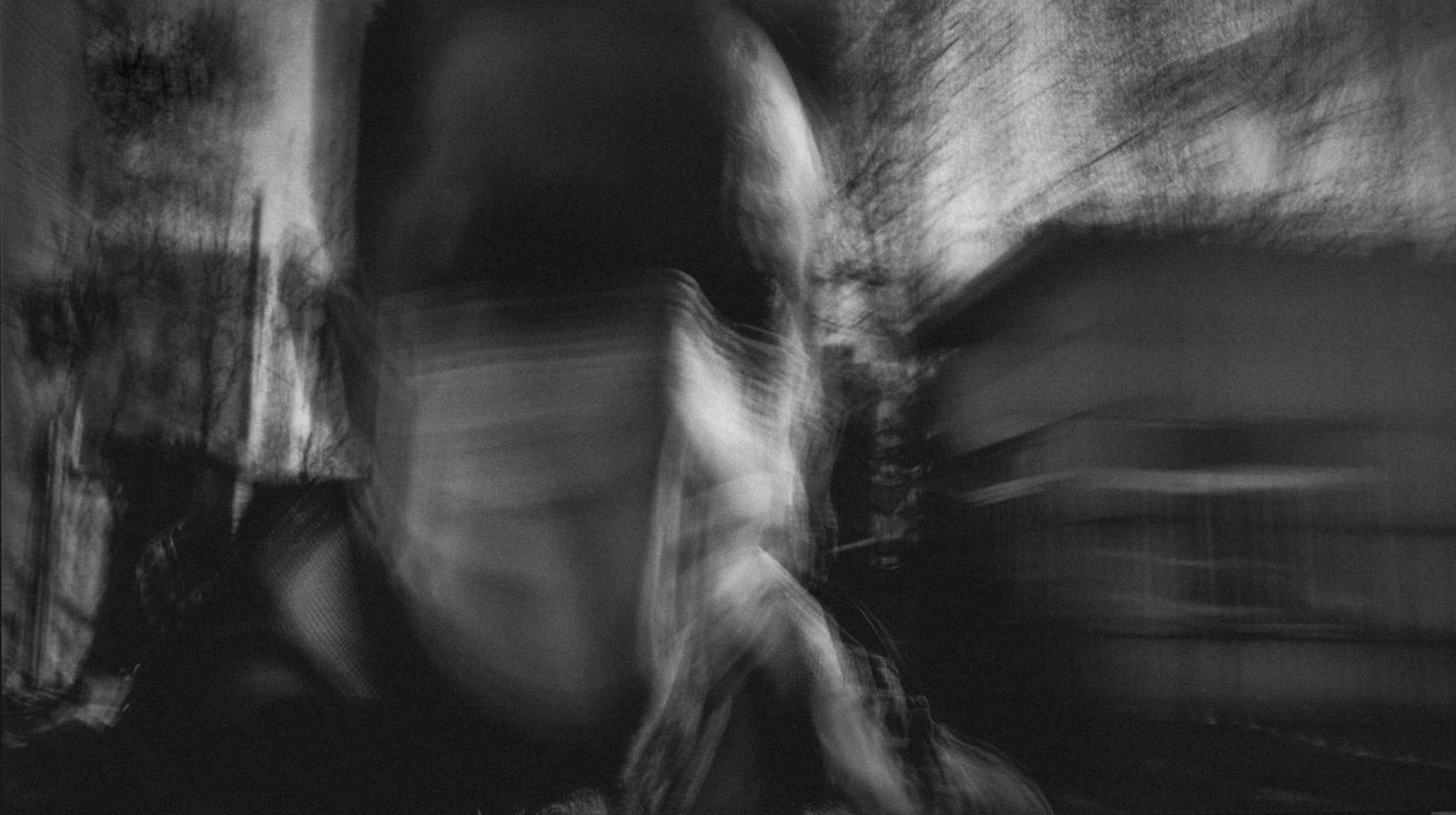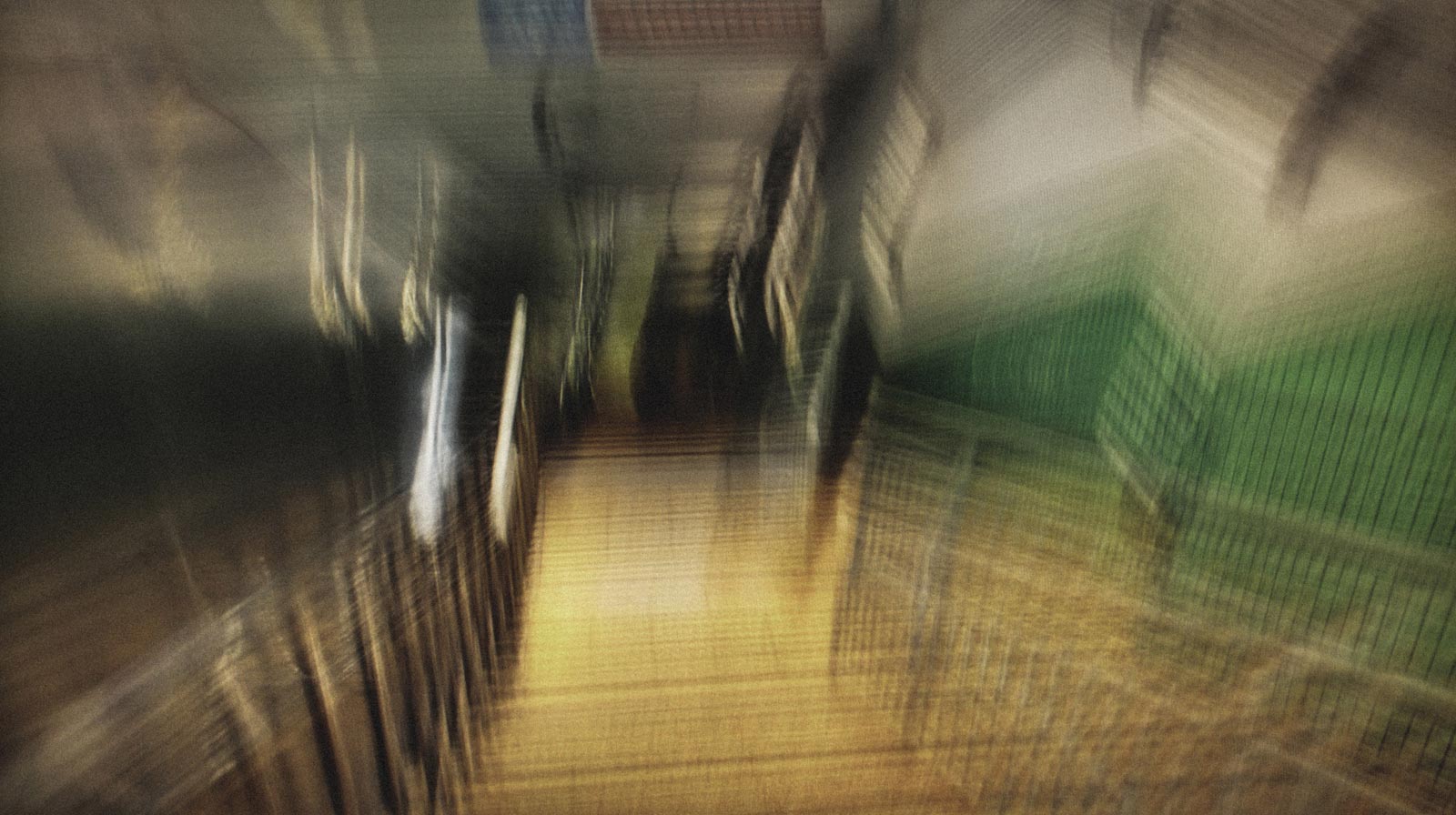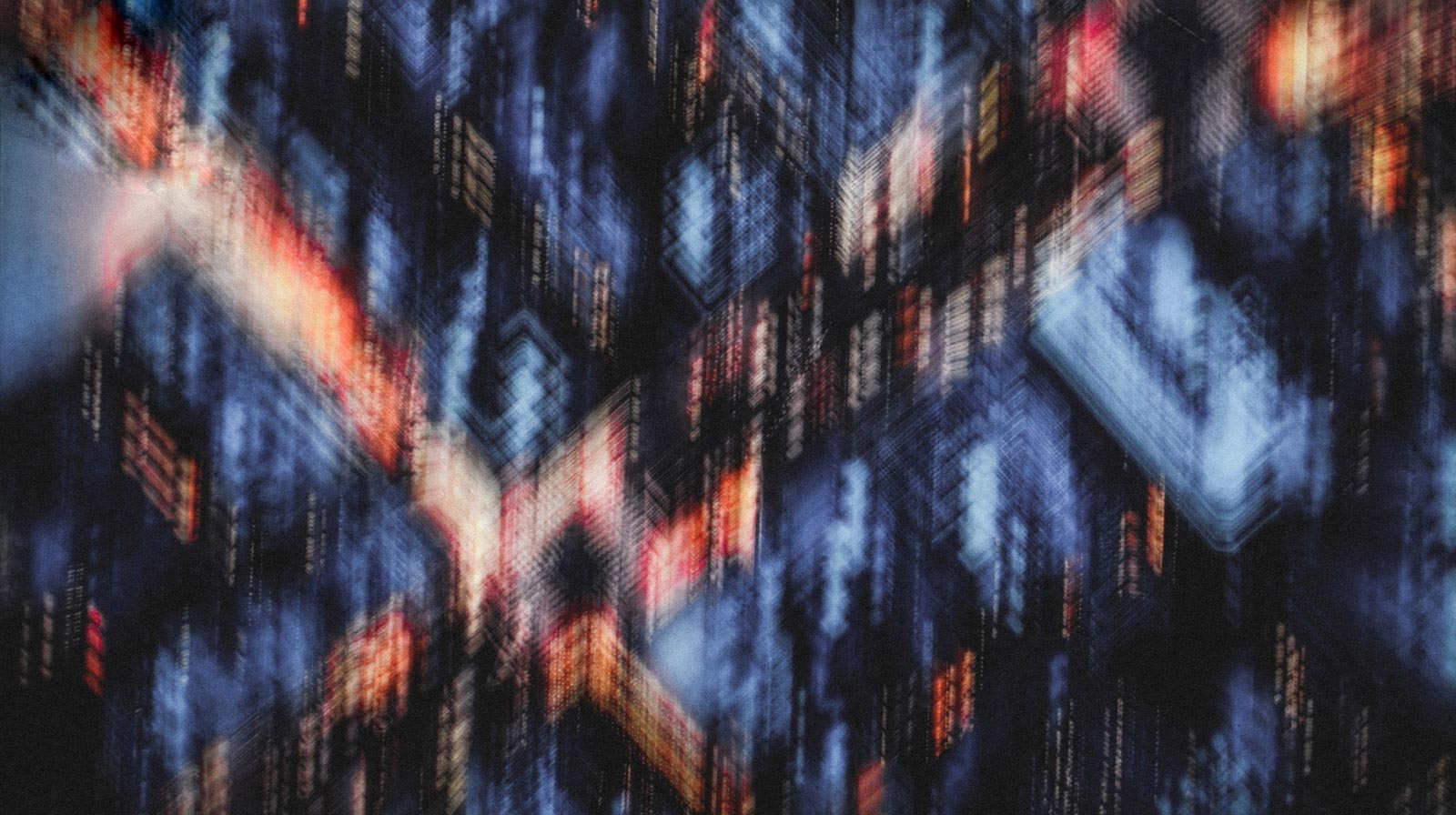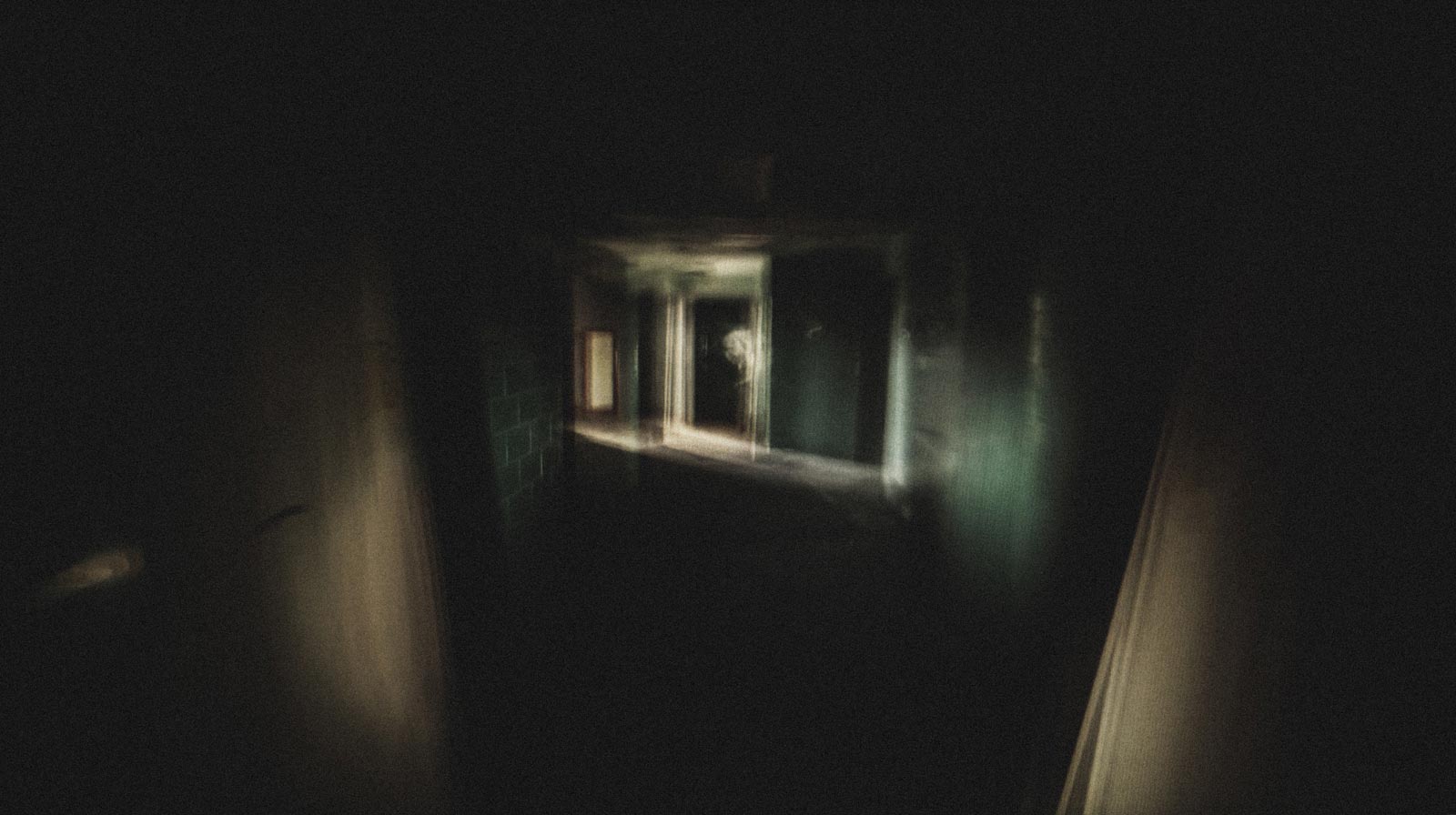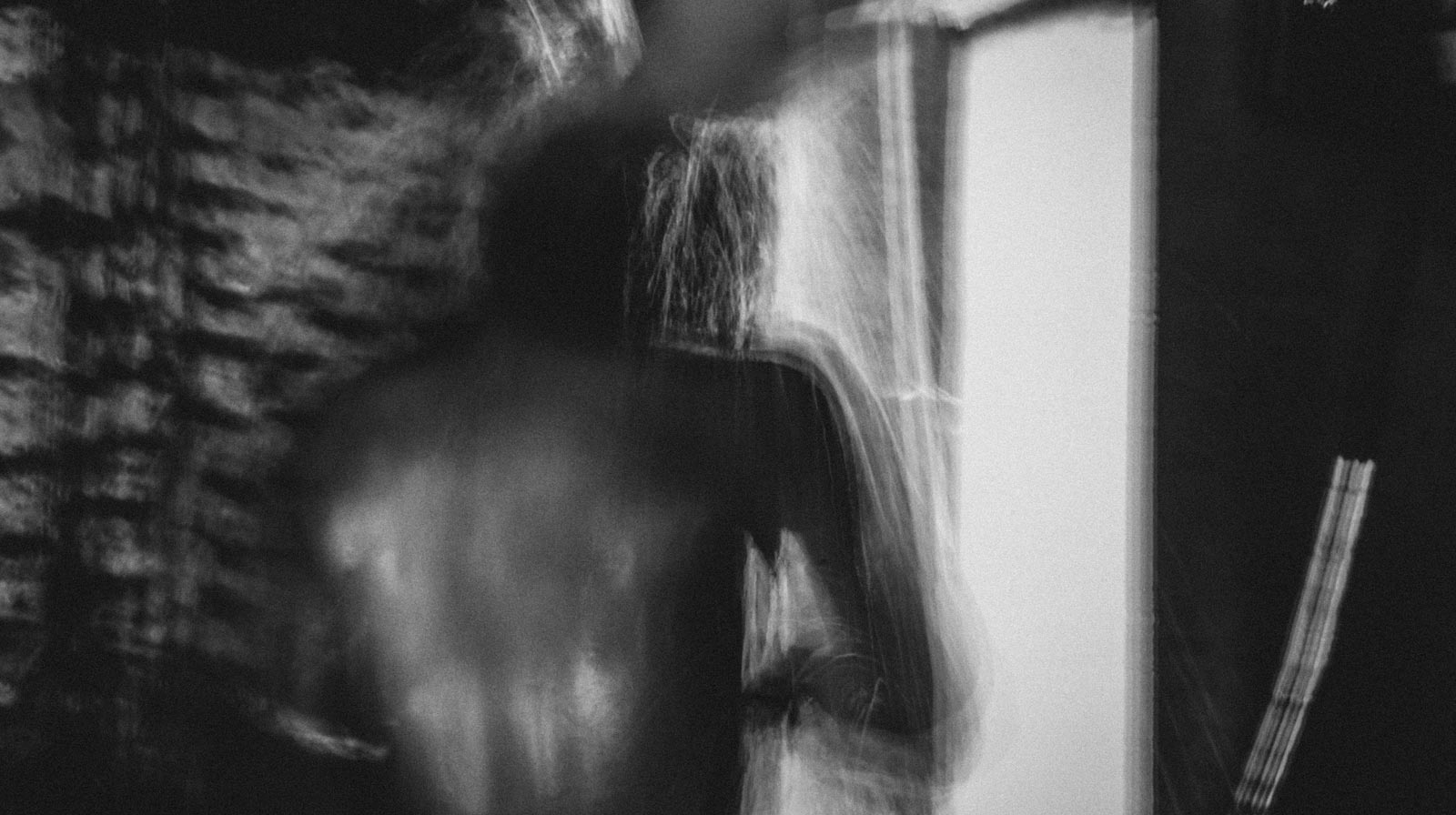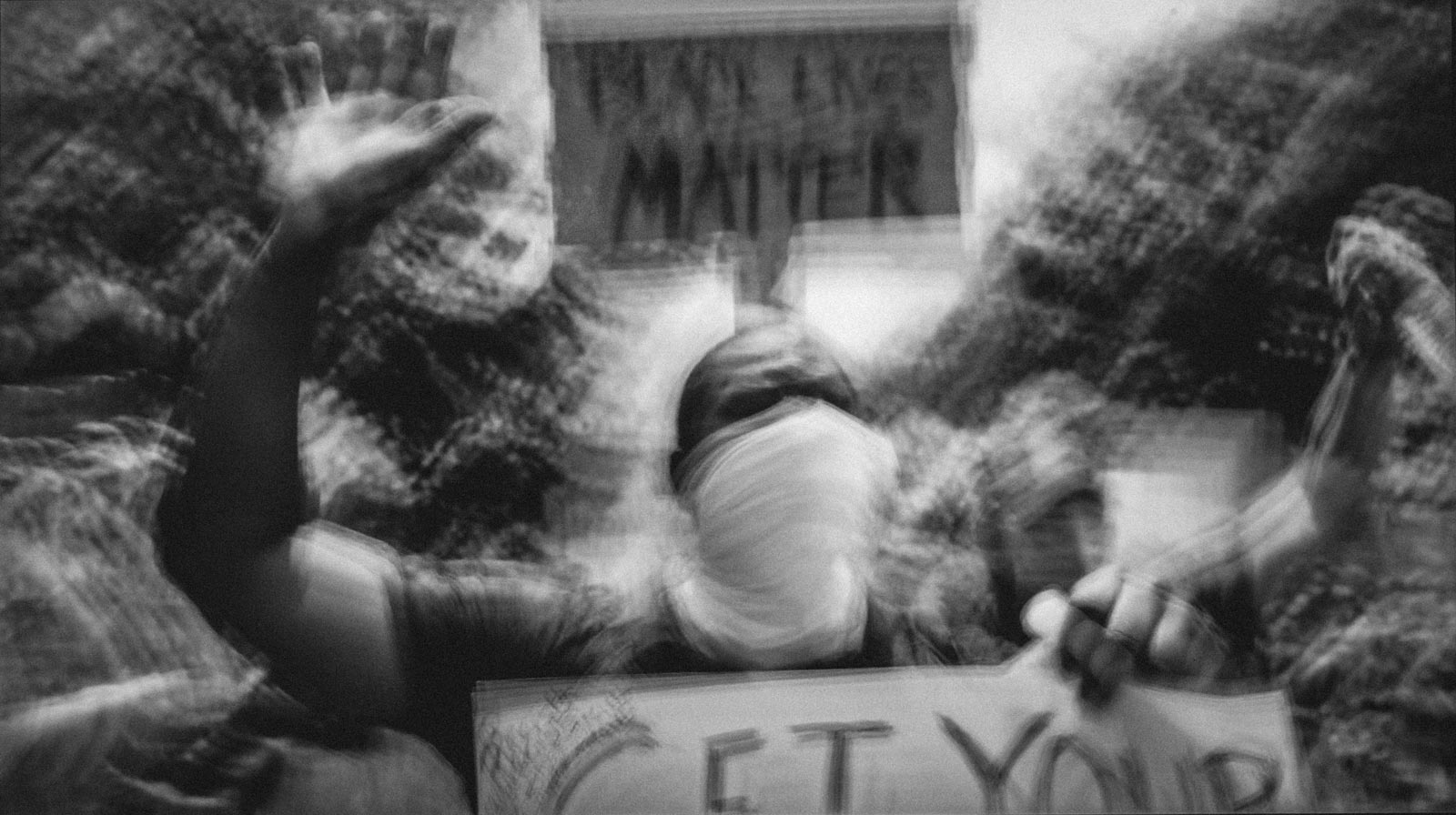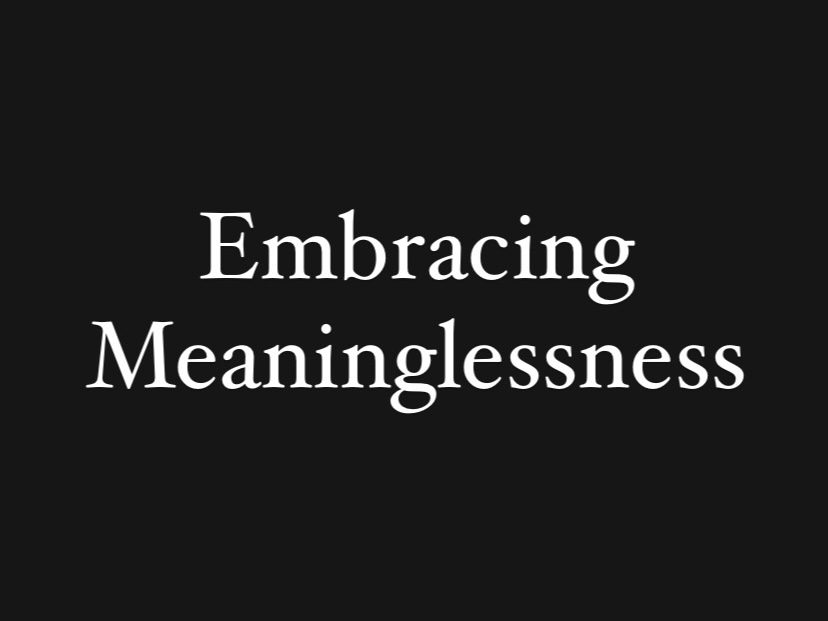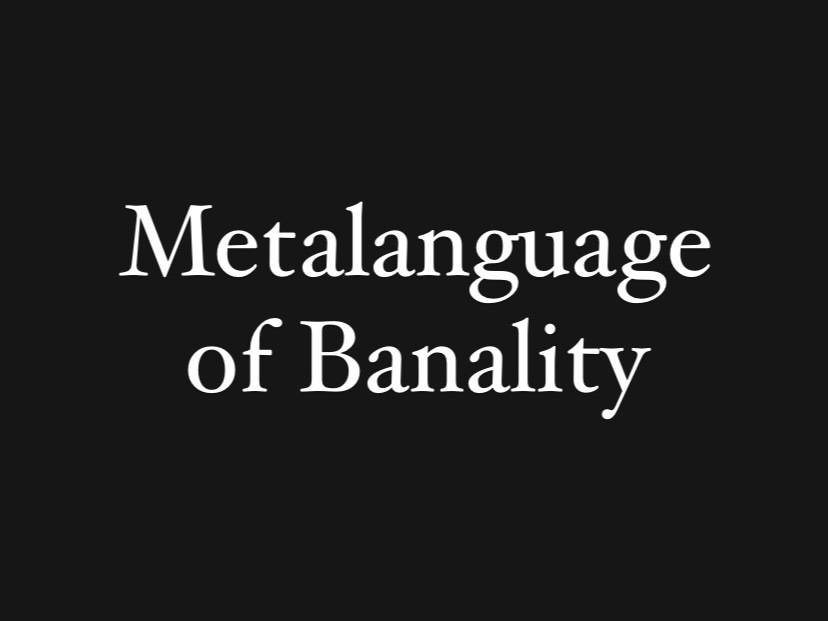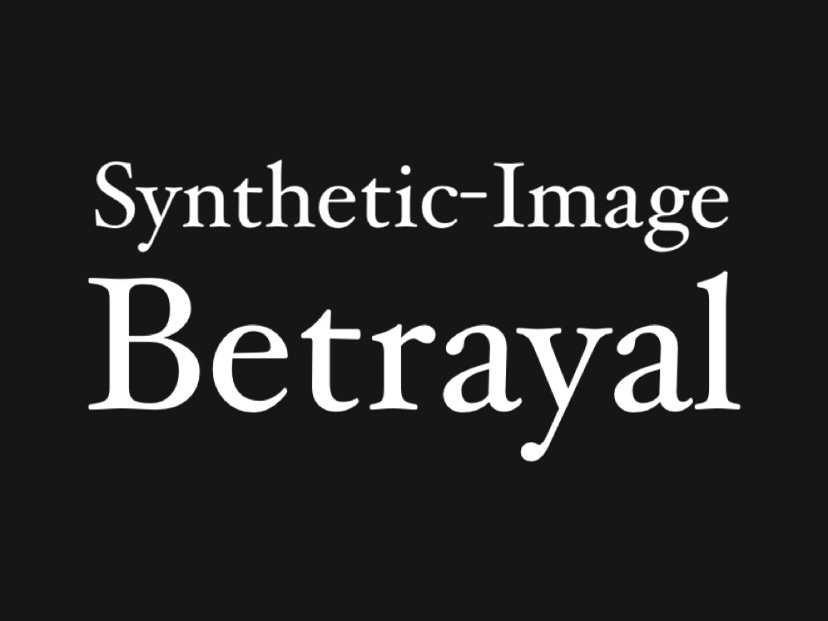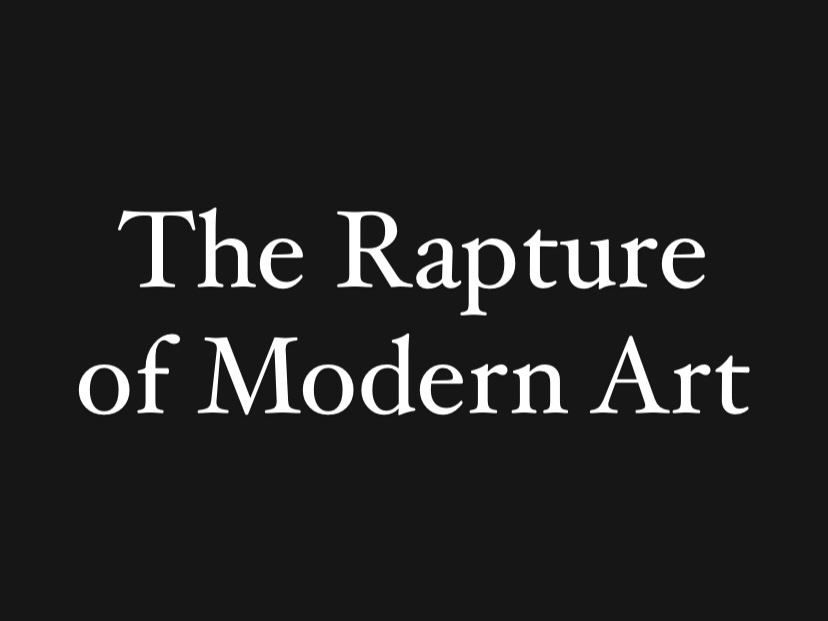Chasing Shadows: Unveiling the Illusions of Media
The Hyperreal Archive: Post-Photography
Join me on a visual exploration through the archives of our time. Every click is a dive into the present, resampling documents to create a rich tapestry of narratives. Here, marginal elements become untimely interferences, forging metaphors that echo the pulsating heartbeat of society.
Where art comes to life
Embark on a journey of artistic exploration
Fine Art Prints
Transform your surroundings with museum-quality fine art prints. Each piece, a meticulously curated masterpiece, is available in various sizes and materials, ensuring a bespoke addition to your space.
Commissions
Commission a personalized work of art tailored to your vision and space. Whether it’s a captivating portrait, a unique landscape, or an abstract expression, let’s create a bespoke masterpiece that resonates with your individual style.
Exhibitions
Stay tuned for the excitement of upcoming exhibitions, where new stories will unfold and fresh perspectives will be unveiled. Be the first to experience the next chapter in my artistic exploration, as the anticipation builds for the unveiling of captivating narratives.
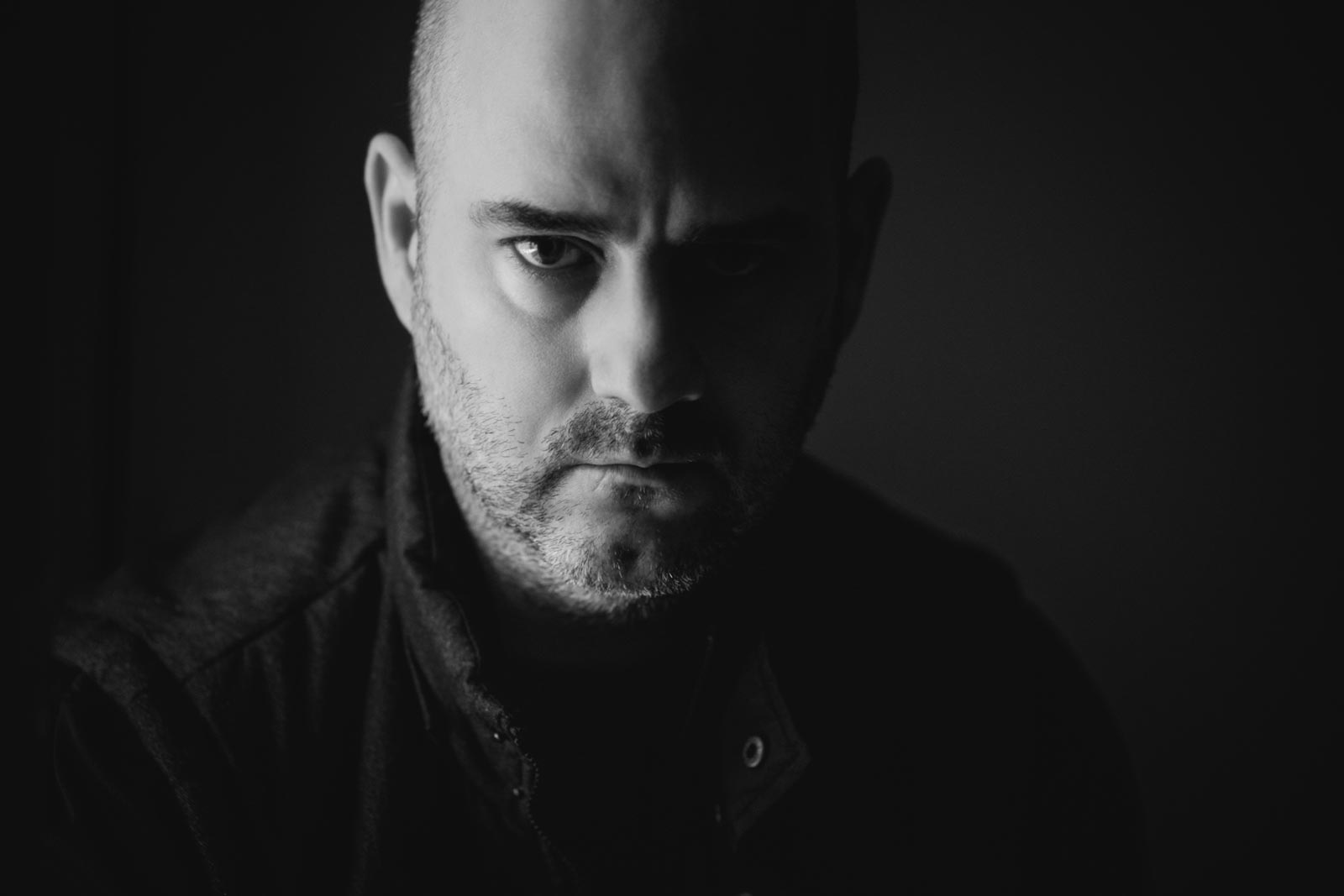
15k+ followers. Worldwide.
The numbers
Beyond the Lens: Milestones of Mastery
Embracing the art scene with vigor, Adrian Plegrin has rapidly garnered 10,000+ admirers on social media, curated an impressive portfolio of over 150 artworks, and contributed thought-provoking insights through 80 theoretical articles, establishing himself as an emerging force in the artistic landscape.
Artworks produced
Recent growth
The Final Artworks
Echoes in Shadows
Dive into the tactile allure of printed works, where each page unfold a narrative of emotive depth and visual poetry, inviting you to explore the tangible realms of their artistic mastery.
Photobooks
Each book is a journey through carefully selected images, arranged to convey a narrative that transcends individual photographs.
Archival Printing
Meticulously printed on high-quality, acid-free paper, these prints ensure the longevity and vibrancy of each image.
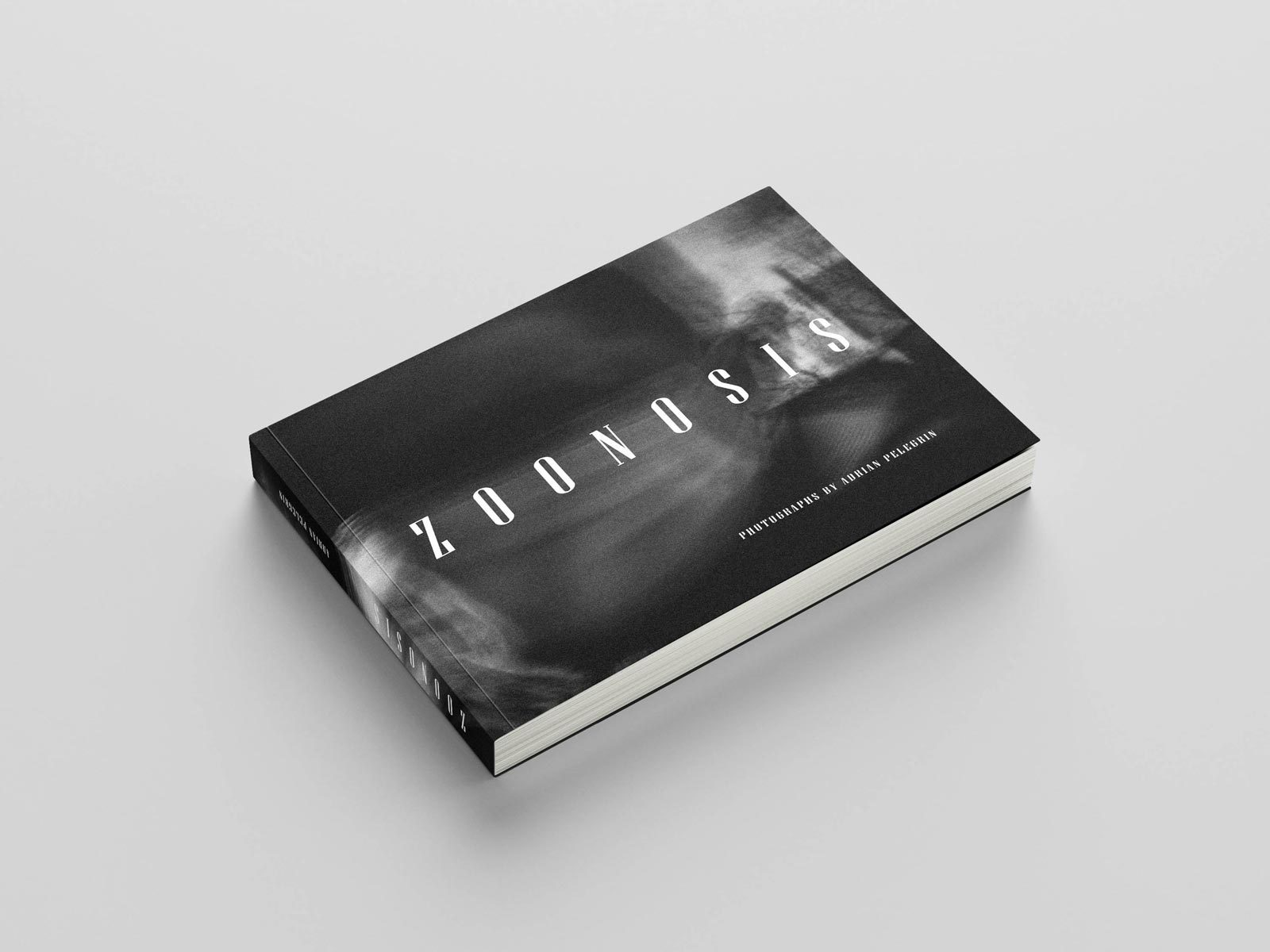
Statement
“Photography must express what words cannot express. Photography is a silent art that grows strong in silence. The photographer does not speak; the photographer only points out. Pointing out is to isolate and delimit the world. Photography is the fragmentary art par excellence. We do not see the world as it is, but as we are. A photograph that is defined beforehand is a dead photograph. A living photograph is one that is created and actualized by gaze.
Art records the seizures of the social. We must account for the events of our time. Photographing the archive, resampling its documents for a stab in the unconscious. Doing an archeology of the present. Exploring the photographic dimension of movement, where overlays, sparkles, and unexpected analogies appear. Marginal elements emerge as untimely interferences, contiguities that generate metaphors: images of images in a double detachment from the real.
We are in the maelstrom of memory; in the hyperreal realm of simulacra. We see the phantasmagoria of a managed world, the dreams of instrumental reason. In the era of emptiness, mass disinformation becomes ubiquitous. Is this the real? Then, the artistic practice produces a paradox: the aesthetic paroxysm leads us to self-awareness.” Adrian Pelegrin.
The Hiperreal Archive Project
The Hyperreal Archive is a visual representation of the dynamic relationship between the real and the unreal, the tangible and the illusory. Each photograph embodies the paradoxical nature of existence by capturing fleeting moments suspended in time and inviting viewers to question their own perceptions of reality.
The project provides a profound examination of our collective consciousness. It challenges viewers to confront their own perceptions of reality and prompts them to question the thin line that separates truth from fiction. I seek to expose the fragility of our perceived reality through the deliberate construction of images, inviting viewers to reevaluate their notions of truth and enter the realm of the surreal.
My artistic journey has been one of constant exploration, development, and reinvention. Each step has shaped me into the artist and critic I am today, from my humble beginnings as a self-taught photographer to my collaboration with esteemed professionals and the realization of my own creative vision. The Hyperreal Archive exemplifies my unwavering dedication to artistic expression and my insatiable desire to expand the boundaries of perception. I hope that my work will inspire and motivate others to embark on their own transformative journeys of self-discovery and artistic investigation.
Some love from friends
“Incredible visual language. Thank you for what you do, it’s super consistent and a superb contribution to our society.”
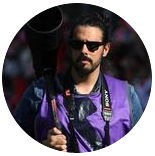
Gonçalo Delgado
“Your work is deeply disturbing, in the most pleasurable way.”
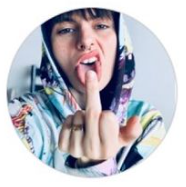
Knast Kunts
“Your work, your technique and approach incredible, Adrian. I had to stay with every image, I couldn’t take my eyes away.”
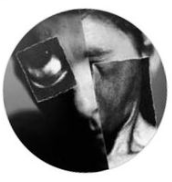
Cosmic Sigh
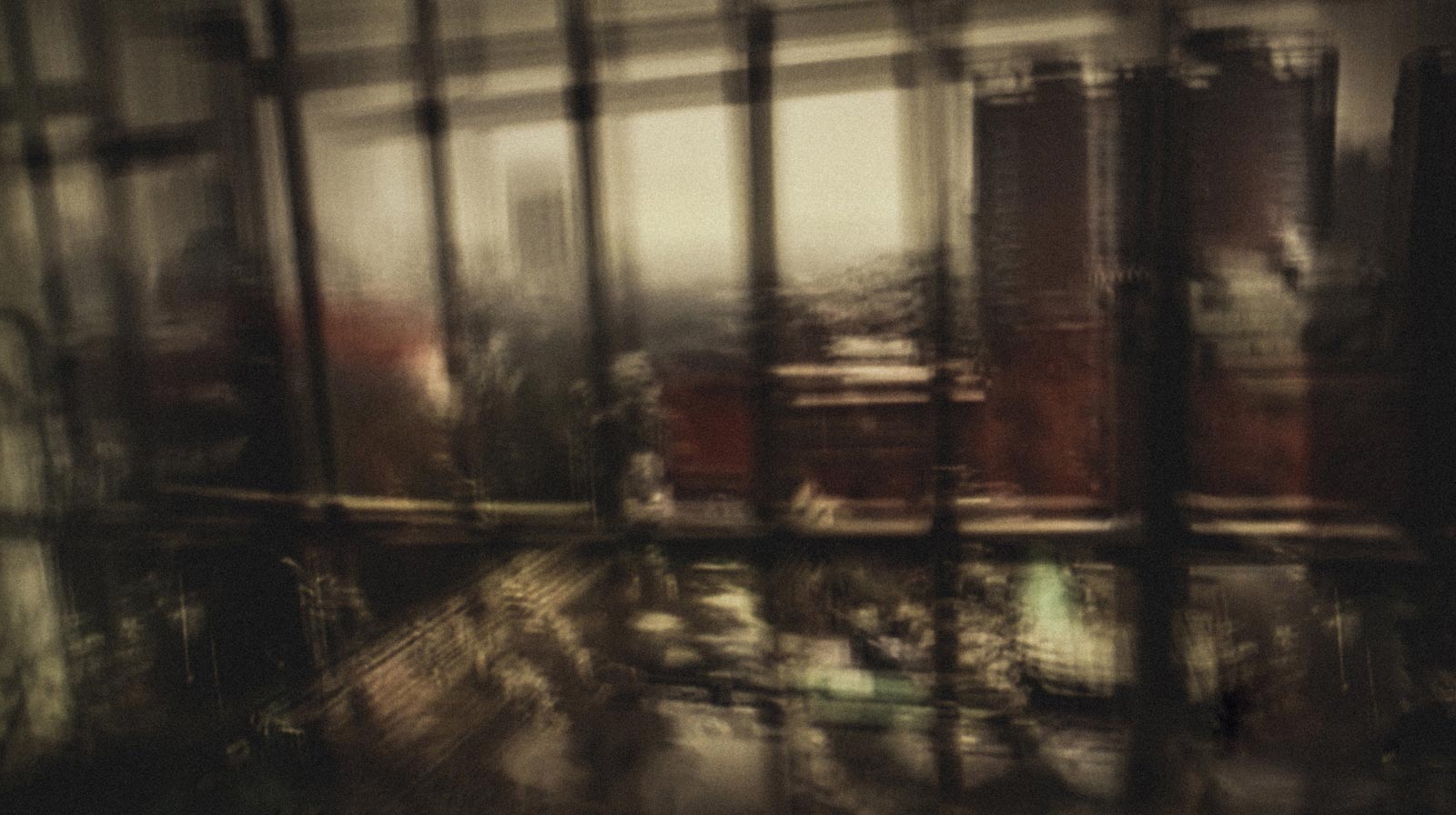
Inspire to take action
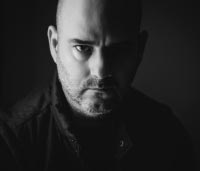
Adrian Pelegrin
Photographer





15+ Partners Worldwide
A Price For Every Pocket Out There
Each package is designed to offer a unique and immersive experience, allowing art enthusiasts, collectors, and connoisseurs to engage with Adrian Pelegrin’s work in varying capacities.
$199.99
Art Enthusiast Package
For business users
Fine Art Print: One museum-quality, signed fine art print (Size: 12×18 inches).
Photobook: A limited edition photobook featuring a curated collection of artworks.
Digital Download: Access to a high-resolution digital download of one selected artwork.
$499.99
Collector’s Edition
For intermediate users
Archival Print Duo: Two handcrafted archival prints (Size: 16×24 inches), accompanied by a Certificate of Authenticity.
Customized Commission: A personalized 8×10-inch commissioned artwork based on your preferences.
Signed Photobook: An autographed photobook with an exclusive foreword by Adrian Pelegrin.
$999.99
Art Connoisseur
For business users
Limited Edition Print Set: A set of three numbered and signed limited edition prints (Size: 20×30 inches).
Private Art Consultation: A one-hour virtual consultation with Adrian Pelegrin for personalized art advice.
Exclusive Studio Tour: A virtual tour of Adrian Pelegrin’s studio, providing a behind-the-scenes look at the artistic process.
Here are some frequently asked questions
Don’t shy away from using this helpful block to guide your website users to useful pages.
What is an author print?
An author print is one made under the supervision and control of the artist. He determines the color levels of the photograph, paper, inks, finishing, etc. All author prints are signed.
What is a Limited Edition?
A Limited Edition always has a limited number of prints. For example: if we have an image that has been edited to 7″ x 10″ and limited to 15 units, this means that this particular image will never be printed more than 15 times into that size. Limited Editions are created to artificially inflate prices for speculative purposes.
What is an Open Edition?
Open Editions do not have any limitations regarding the size or the number of prints made. They belong to a democratic free market and are consistent with the natural reproducibility of the photographic medium. As it is a product with an unlimited supply, its price is significantly reduced.
How are the author prints signed?
All of my author prints are signed on the back. The signature is made with a graphite pencil, ensuring maximum durability.
What print sizes do you offer?
For all my Open Editions the largest print size will be 7″ x 10″ (17,78 x 25,4 cm). Image sizes may vary slightly depending on the format of each photo. Each print carries an additional 2″ (5,08 cm) white paper border. For example, if you order a 7″ x 10″ image, the outer cut size of the paper will be 11″ x 14″ (27,94 x 35,56 cm).
Theoretical Articles
From The Blog

Contemporary Art’s Paradox: Embracing the Lack of Meaning
By
Modern art, inherently abstract, delves into the realm of ideas, exemplifying cerebral art. The crisis within contemporary art, embodied by Andy Warhol, embraces nullity and insignificance, challenging traditional aesthetics. Though risking impostors, a delicate balance is urged, recognizing authentic brilliance. Despite philosophical dilemmas, contemporary art mirrors societal values, serving as a cultural barometer.
